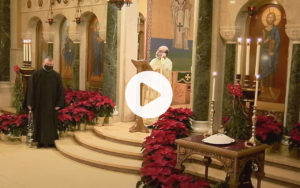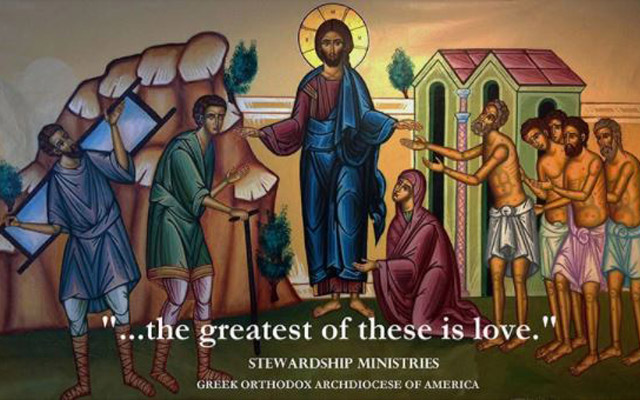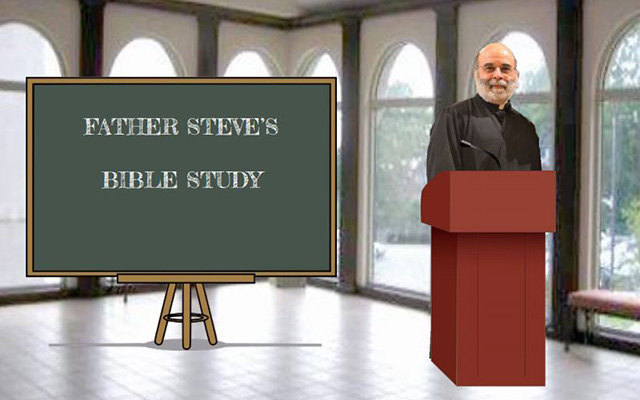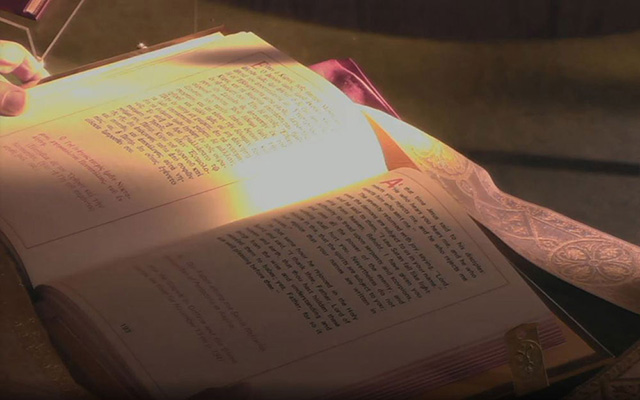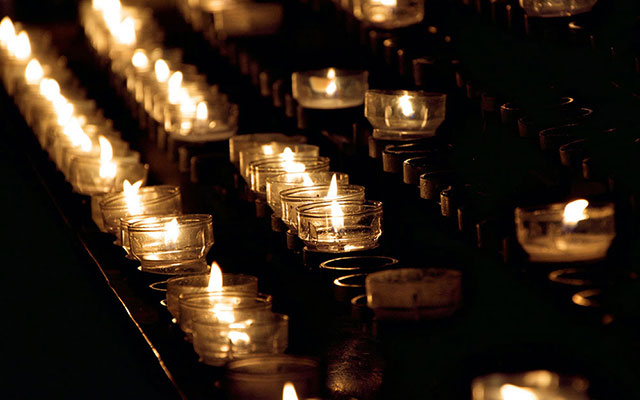Image and Likeness: We Were Made by Love to Love
God said, “Let us make humans in our image, according to our likeness.” —Genesis 1:26 My dear people, we are already children of God; what we will be in the future has not yet been fully revealed, and all I do know is that we shall be like God. —1 John 3:2 The Judeo-Christian creation story says that we were created in the very “image and likeness” of God—who is Infinite Love flowing between Three, making unity out of clear diversity. (Picture


